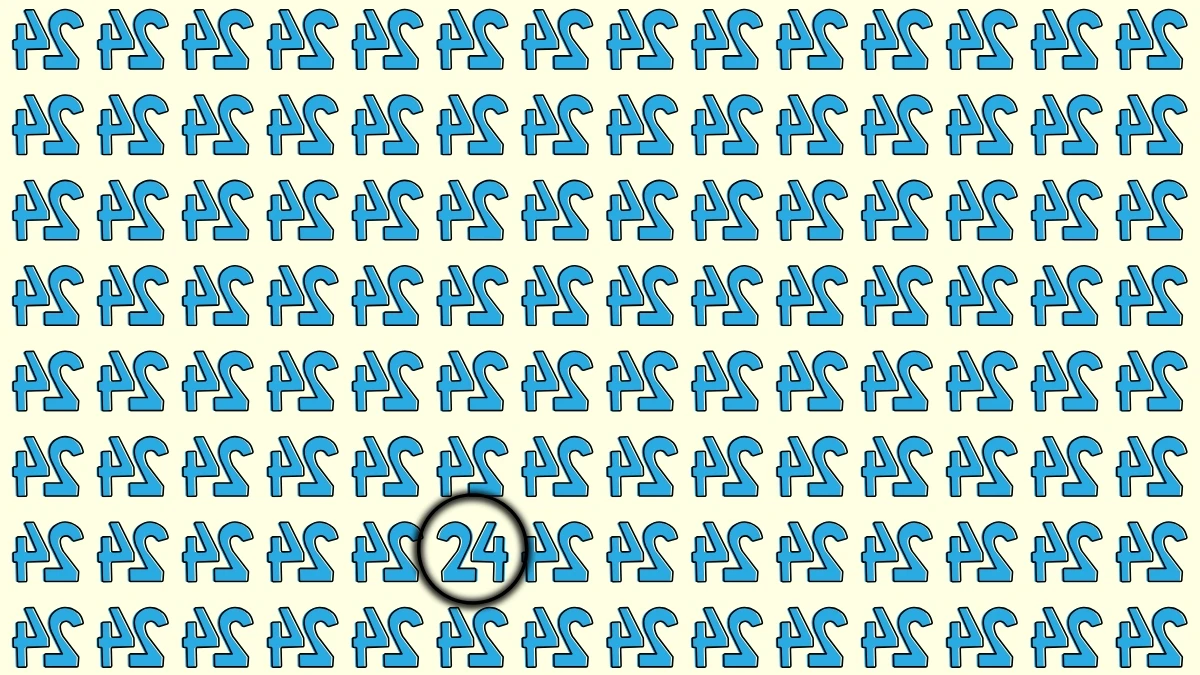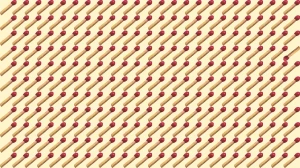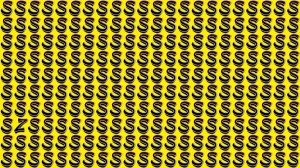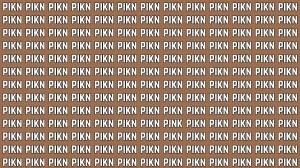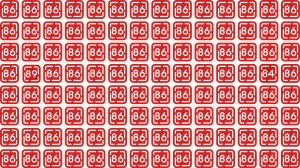Optical Illusion
An optical illusion is a visual phenomenon where what we see doesn't match the physical reality of the image. This occurs because our brain interprets visual information in a way that can distort or mislead our perception.
The brain uses patterns, colors, light, and perspective to make sense of what we see, but sometimes it fills in gaps or makes assumptions based on past experiences, which can result in an illusion.
For example, an image may appear to move when it is still, or shapes may seem distorted even though they are the same size.
These illusions provide insight into how our brain processes visual data and are often used in art, psychology, and science to explore the complexities of human perception.
Optical Illusion: Within 5 Seconds Spot The Number 24 among Inverted 24
This optical illusion is designed to test your visual perception by blending similar shapes into a repetitive pattern. At first glance, the entire image appears to be filled with identical symbols that resemble the inverted number "24."
This uniformity plays a trick on your brain, causing it to quickly scan and group the shapes without analyzing each one in detail. However, hidden somewhere within the pattern is a correctly oriented "24," which subtly breaks the repetition.
The challenge lies in training your eyes to slow down and examine each character individually rather than relying on pattern recognition alone.
This puzzle highlights how our brains can be easily deceived by symmetry and repetition, requiring focused attention to spot the one element that doesn't conform.
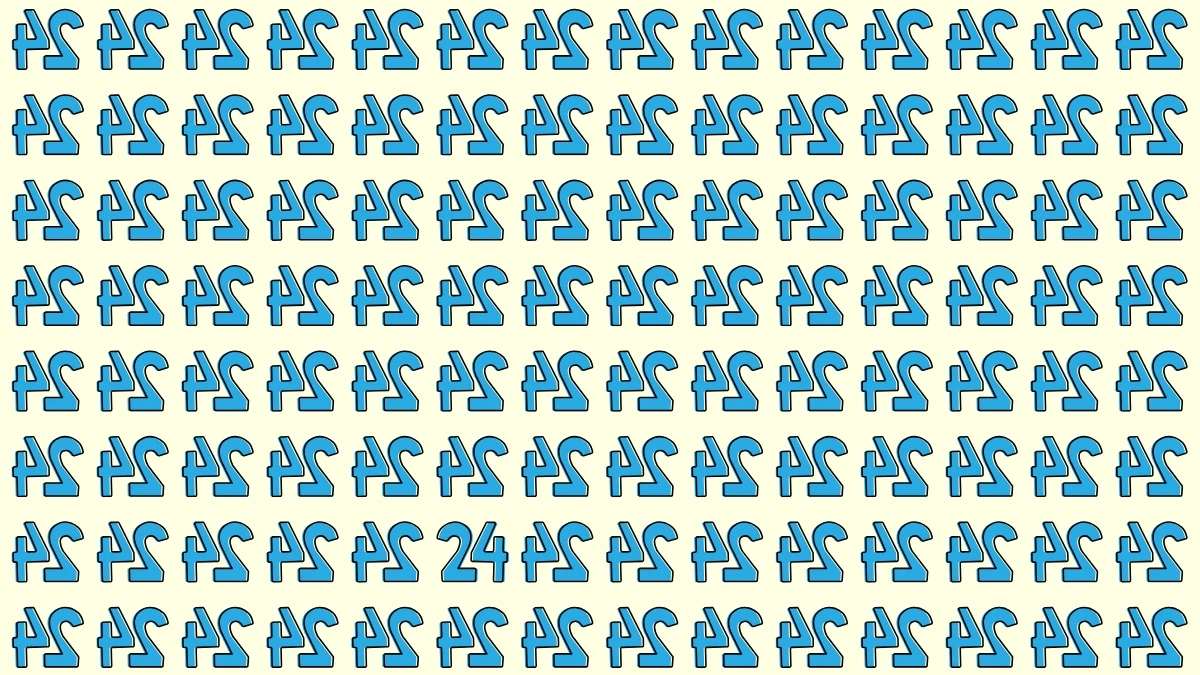
Optical Illusion: Within 5 Seconds Spot The Number 24 among Inverted 24 - Solution
The solution to this optical illusion lies in carefully scanning each element in the grid to identify the one instance where the number "24" is not inverted.
In a sea of reversed symbols designed to trick the eye, the correctly oriented "24" stands out subtly if you're attentive.
As highlighted in the image, the real "24" appears near the bottom center—specifically in the 7th row from the top and 6th column from the left.
The reversed "24"s surrounding it create a strong visual pattern that your brain quickly accepts as uniform, making it easy to overlook the anomaly unless you're focused.
This illusion effectively demonstrates how the brain often relies on pattern recognition rather than detailed analysis, which can delay our ability to see the odd one out. It’s a fun test of perception and quick thinking.
